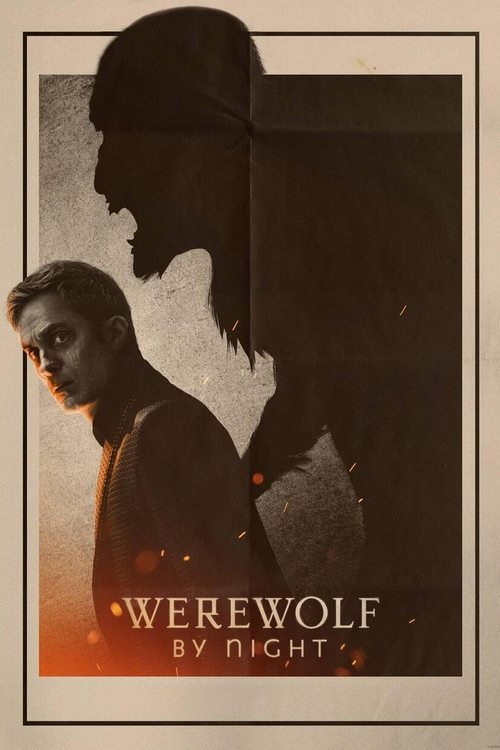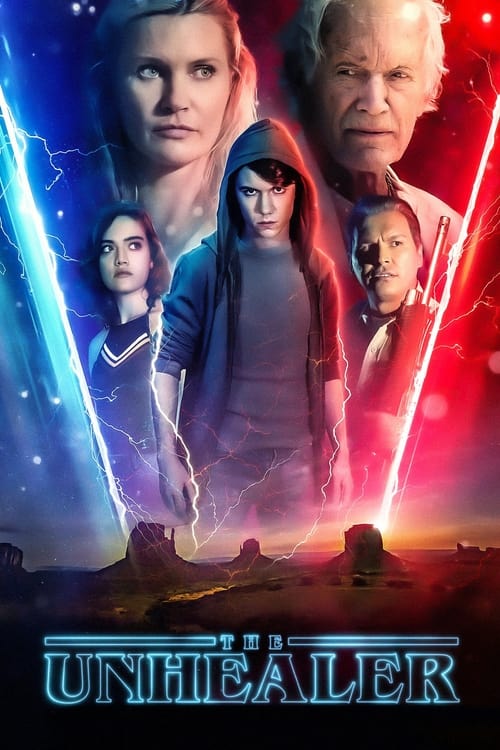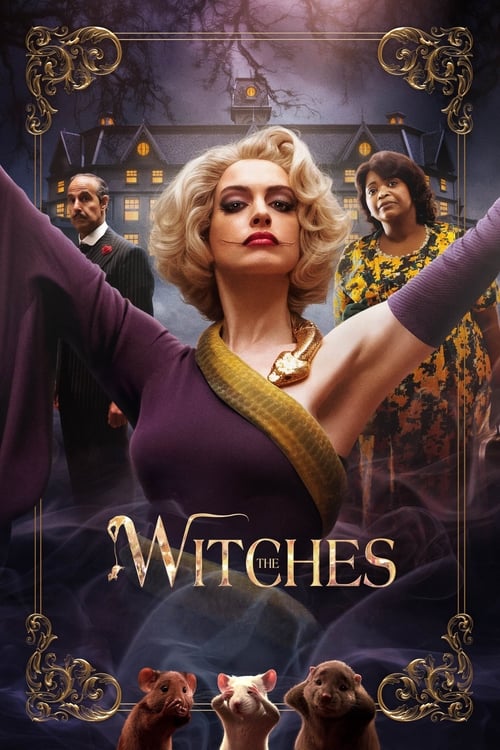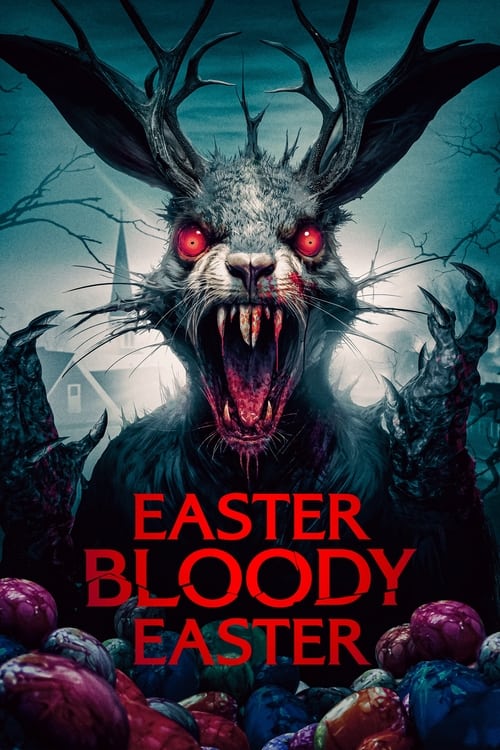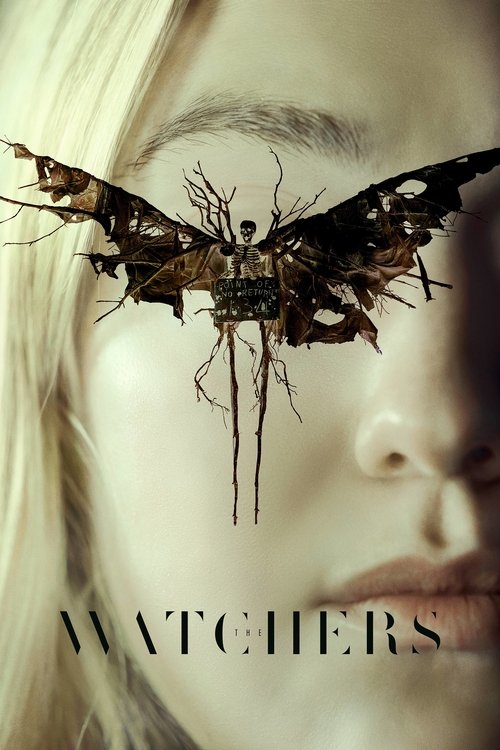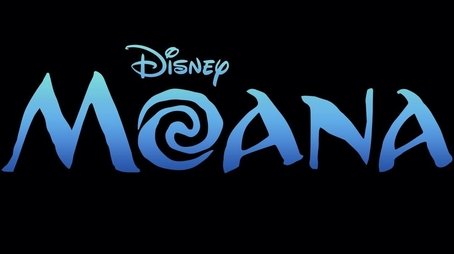
Ask Your Own Question
What is the plot?
On a dark and stormy night, the towering silhouette of Bloodstone Manor looms under heavy rain and thunder, its gothic spires piercing the black sky. A secret cabal of elite monster hunters arrives, cloaked in shadow and purpose, summoned by Verussa Bloodstone, the cold and calculating widow of the recently deceased Ulysses Bloodstone. The manor's stone walls echo with the weight of legacy and impending violence. Jack Russell, a quiet and reserved man carrying a small, mysterious box, steps from the shadows, his eyes scanning the gathering with a mix of wariness and resolve. His voice breaks the silence in a somber narration: "On a dark and somber night, a secret cabal of monster hunters emerge from the shadows and gather at the foreboding Bloodstone Temple following the death of their fearless leader, Ulysses Bloodstone." The air is thick with tension as Verussa addresses the hunters, her voice sharp and commanding: "Tonight, we honor the legacy of Ulysses Bloodstone. The hunt begins now."
Among the hunters are Jovan, Azarel, Liorn, and Barasso--each a seasoned tracker with their own lethal skills--and Elsa Bloodstone, Ulysses' estranged daughter, who arrives late, her presence stirring unease. Elsa's relationship with Verussa is icy, marked by resentment and distrust. She is reluctant but determined, her eyes betraying a fierce desire to reclaim her father's legacy on her own terms. Jack, meanwhile, remains guarded, concealing a dark secret beneath his composed exterior.
Verussa explains the rules: the hunters will compete in a deadly ceremonial hunt within the sprawling maze on the manor's grounds. Their quarry is Ted, a monstrous captive implanted with the Bloodstone, an alien relic of immense power that once belonged to Ulysses. The Bloodstone is the prize, the key to leadership and dominion over monsters. The hunters disperse into the maze, their footsteps swallowed by the night.
Inside the labyrinth, the hunt begins in earnest. Jack moves with quiet purpose, his senses heightened, seeking Ted not as a foe but as a friend. Ted, revealed to be Man-Thing, a creature bound by the Bloodstone's power, is more than a mere monster; he is a tragic figure caught in the hunters' ruthless game. Elsa, meanwhile, stalks her rivals with cold precision. The maze's twisting corridors and shadowed corners become a battleground of survival and betrayal.
The first death shatters the uneasy balance. Jovan falls victim to Ted's savage strength, torn down in a brutal encounter that leaves the other hunters shaken. The monster's fury is unleashed, a terrifying force that no one fully comprehends. Elsa confronts Azarel, their clash fierce and unrelenting. With a calculated strike, Elsa kills Azarel, her expression unreadable but resolute. The tension escalates as Liorn and Barasso fall one by one, each succumbing to Elsa's deadly skill in harrowing confrontations that test her resolve and ruthlessness.
Jack and Elsa find themselves cornered in the manor's mausoleum, a grim sanctuary amid the chaos. Here, they share a fragile alliance, united by a common goal: to free Ted and claim the Bloodstone for a purpose beyond mere power. Elsa removes the Bloodstone from Ted, severing his control and allowing him to flee into the surrounding forest, a dark expanse symbolizing the wild and unknown.
Their brief respite is shattered when the Bloodstone reacts violently to Jack's touch, revealing his true nature as a werewolf--a secret he has long hidden. Verussa and the remaining hunters arrive, their faces hard with betrayal and greed. Jack and Elsa are captured and locked in a cage within the manor. Verussa, wielding the Bloodstone's power, forces Jack's transformation into his monstrous werewolf form. The air crackles with dark energy as Jack's human guise is torn away, revealing the cursed beast beneath.
Verussa commands, "Kill her," directing the werewolf to eliminate Elsa. But Jack's beast breaks free from its cage, eyes blazing with primal fury. Instead of obeying, he slaughters Verussa's guards in a savage onslaught, his howls echoing through the manor's halls. Verussa, desperate, uses the Bloodstone to subdue him, regaining control over the beast's rage.
Meanwhile, Elsa escapes her confines, moving with lethal grace to confront the remaining hunters. In a swift and brutal sequence, she kills Liorn and Barasso, her actions fueled by a fierce determination to end the night's bloodshed. She confronts Verussa, who attempts to kill the werewolf, but Elsa intervenes, stopping her cold. The final confrontation is tense and charged with years of resentment and betrayal.
In the climactic moment, the werewolf turns on Elsa, his monstrous instincts flaring. But recognition dawns in his eyes; he spares her life, a silent acknowledgment of their shared struggle and fragile alliance. Without a word, the werewolf leaves the manor, disappearing into the night.
The next morning, Jack awakens in the forest, his human form restored and the dawn's light filtering through the trees. Ted, the Man-Thing, watches over him, a silent guardian in the quiet woods. Jack's voice carries a note of relief and hope: Elsa is safe. Together, they walk away from Bloodstone Manor, leaving behind the legacy of the Bloodstone and the brutal hunt. The fate of the monster hunter world remains uncertain, a shadowed promise of battles yet to come.
What is the ending?
In the ending of "Werewolf by Night," Jack Russell, having transformed into a werewolf, confronts the monster hunters and ultimately chooses to protect his friend, Elsa Bloodstone. After a fierce battle, he defeats the other hunters and escapes with Elsa, leaving the Bloodstone behind.
As the moonlight fades, Jack reverts to his human form, and he and Elsa share a moment of connection, hinting at a deeper bond formed through their shared experiences. The film concludes with a sense of unresolved tension, as Jack's dual nature remains a significant part of his identity.
As the climax of "Werewolf by Night" unfolds, the atmosphere is thick with tension and anticipation. The scene is set in the dark, eerie confines of the Bloodstone estate, where the remaining monster hunters gather for a final showdown. Jack Russell, having been transformed into a werewolf, stands at the center of this chaos, his primal instincts battling against his human consciousness.
The moon hangs high in the sky, casting a silvery glow that enhances Jack's transformation. He is both a creature of fury and a man struggling with the weight of his lineage. As the other hunters, led by the ruthless Verussa Bloodstone, prepare to hunt him down, Jack's internal conflict is palpable. He knows that he must protect Elsa Bloodstone, who has become an unexpected ally amidst the chaos.
In a dramatic turn, Jack, now fully embracing his werewolf form, bursts forth from the shadows. The hunters, armed with weapons and a fierce determination, engage in a brutal confrontation. The choreography of the fight is visceral, showcasing Jack's strength and agility as he takes on multiple opponents. Each strike is a testament to his struggle between the beast within and the man he wishes to be.
As the battle rages on, Jack's focus remains on Elsa, who is caught in the crossfire. He fights not just for survival but to ensure her safety. The emotional stakes are high; Jack's protective instincts drive him to unleash his full power against the hunters. The camera captures the raw intensity of his transformation, highlighting the conflict between his monstrous nature and his desire to do good.
In a pivotal moment, Jack faces Verussa, who embodies the very essence of the hunt. Their confrontation is charged with tension, as Verussa underestimates Jack's resolve. In a fierce clash, Jack ultimately overpowers her, showcasing not only his physical prowess but also his determination to break free from the cycle of violence that has defined his existence.
With the hunters defeated, Jack's gaze turns to Elsa. The two share a moment of understanding, their eyes reflecting the bond forged through their shared trials. Jack, still in his werewolf form, approaches her cautiously, aware of the fear he might instill. However, Elsa stands her ground, recognizing the man behind the beast. This moment is pivotal; it signifies a shift in their relationship, moving from mere acquaintances to allies bound by a common struggle.
As the moonlight begins to wane, Jack's transformation reverses, and he returns to his human form. The change is both a relief and a burden, as he grapples with the reality of his dual identity. The emotional weight of his actions hangs heavy in the air; he has fought fiercely but at a cost. The Bloodstone, a symbol of his family's legacy and the violence that comes with it, remains behind, a reminder of the path he has chosen.
In the final moments, Jack and Elsa stand together, their fates intertwined. There is a sense of hope amidst the darkness, as they contemplate what lies ahead. Jack's journey is far from over; he must continue to navigate the complexities of his identity as a werewolf while forging a new path alongside Elsa. The film closes on this note of uncertainty, leaving the audience with lingering questions about the nature of humanity, the bonds we form, and the monsters we face within ourselves.
Is there a post-credit scene?
Yes, "Werewolf by Night" features a post-credit scene.
As the credits roll, the scene opens in a dimly lit, mysterious setting, reminiscent of a classic horror film atmosphere. The camera pans to reveal a shadowy figure standing in a crypt-like space, surrounded by ancient artifacts and remnants of past hunts. The figure is revealed to be Man-Thing, a creature with a grotesque yet intriguing appearance, made of plant matter and possessing a deep connection to the mystical forces of the universe.
The scene captures the essence of suspense and intrigue, as Man-Thing's eyes glow faintly in the darkness. He seems to be waiting, almost guarding something. Suddenly, the camera shifts focus to a nearby wall, where a series of intricate carvings depict various supernatural beings, hinting at a larger world filled with monsters and magic.
In a moment of tension, a voice calls out, breaking the silence. It is Jack Russell, the protagonist, who has transformed into the werewolf. He approaches Man-Thing cautiously, a mix of curiosity and trepidation evident in his demeanor. The two share a brief, silent exchange, filled with unspoken understanding and camaraderie, suggesting a bond formed through their shared experiences as outcasts in a world that fears them.
The scene concludes with a sense of anticipation, leaving viewers with the impression that Jack and Man-Thing may embark on future adventures together, exploring the darker corners of the Marvel universe. The screen fades to black, leaving audiences intrigued and eager for what lies ahead.
Who is Jack Russell and what is his significance in the story?
Jack Russell is the main character in 'Werewolf by Night.' He is a werewolf who struggles with his dual nature, torn between his human side and the beast within. His significance lies in his quest to control his transformations and his desire to protect those he cares about, particularly as he navigates the challenges posed by the monster hunters.
What role does Elsa Bloodstone play in the film?
Elsa Bloodstone is a key character in 'Werewolf by Night,' portrayed as a strong and resourceful monster hunter. She is the daughter of Ulysses Bloodstone, and her motivations are deeply tied to her family's legacy. Throughout the film, she grapples with her inheritance and the expectations placed upon her, ultimately seeking to assert her own identity and agency in a world filled with supernatural threats.
What is the Bloodstone and why is it important?
The Bloodstone is a powerful artifact central to the plot of 'Werewolf by Night.' It is a gem that grants immense power and is sought after by various monster hunters. Its importance is highlighted during the hunt, as it serves as a catalyst for conflict among the characters, particularly between Jack Russell and the other hunters, as they vie for control over it.
How does the transformation into a werewolf occur for Jack Russell?
Jack Russell's transformation into a werewolf is triggered by the full moon, a classic element of werewolf lore. The film visually depicts this transformation with intense physical and emotional turmoil, showcasing Jack's struggle as he fights against the primal instincts that take over his body. This transformation is not just a physical change; it represents his internal battle with his identity and the fear of losing control.
What is the significance of the monster hunt in the film?
The monster hunt serves as the central event in 'Werewolf by Night,' bringing together various characters, including Jack Russell and Elsa Bloodstone. It is significant as it tests their abilities, alliances, and moral choices. The hunt is not merely a physical challenge but also a metaphorical one, forcing the characters to confront their fears, prejudices, and the nature of monstrosity itself.
Is this family friendly?
"Werewolf by Night," produced in 2022, is a Marvel Studios special presentation that blends horror elements with superhero themes. While it has a unique aesthetic and storytelling style, it may not be considered family-friendly for younger audiences or sensitive viewers. Here are some potentially objectionable or upsetting aspects:
-
Violence and Gore: The film features scenes of violence, including monster hunting and confrontations that may include blood and injury, which could be unsettling for children.
-
Monstrous Imagery: The portrayal of werewolves and other supernatural creatures may be frightening, especially for younger viewers who are sensitive to horror themes.
-
Dark Themes: The narrative explores themes of death, loss, and the struggle between good and evil, which may be heavy for some audiences.
-
Tension and Suspense: The film builds a sense of dread and suspense that could be intense for younger viewers, with moments designed to evoke fear.
-
Mature Concepts: The story includes elements of betrayal, moral ambiguity, and the consequences of power, which may be complex for children to understand.
Overall, while "Werewolf by Night" has a unique charm and artistic style, its horror elements and themes may not be suitable for all audiences, particularly younger children or those who are sensitive to such content.

